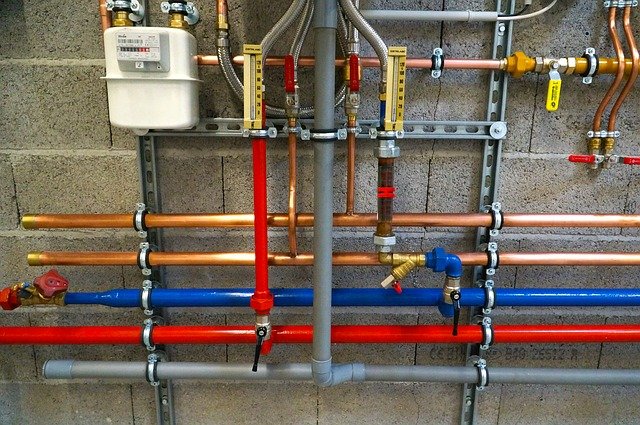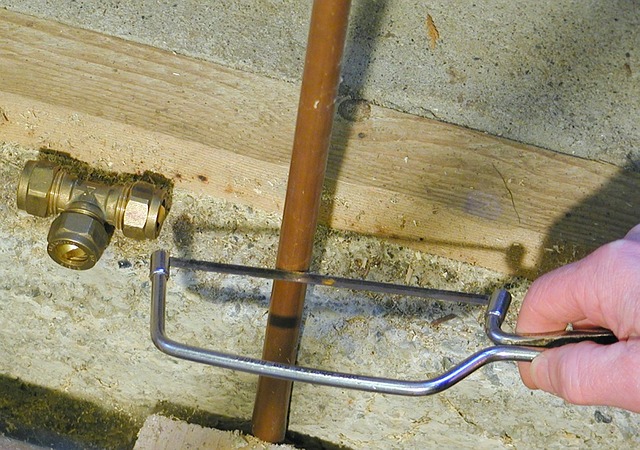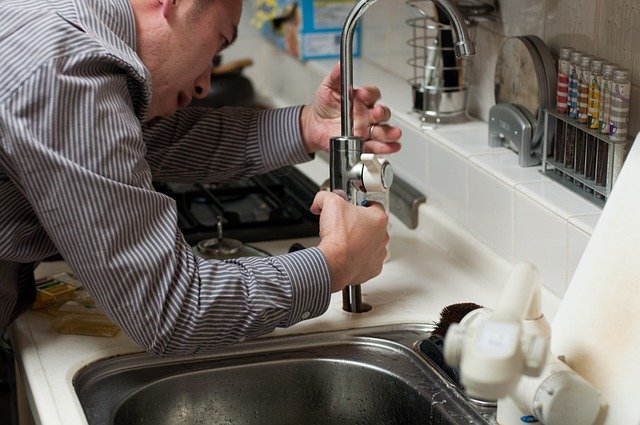The first step of learning how to choose the right plumping pipe is familiarizing yourself with available options. Making sure that you pick the best pipe for your budget and situation relies on you being well-informed. This helps you become aware of the risks that come with each one and figure out which one you like the most. It is crucial, especially if you plan to take on your project alone.
This is a contributed post and do not necessarily reflect the opinions of Meet The Harris Family.
In general, you’ll have five plumbing pipes you can expect to encounter at the hardware store. And these are:
- PVC Pipe
- Stainless Steel Pipe
- PEX Pipe
- Cast Iron Pipe
- Copper Pipe
PVC Pipe
Polyvinyl chloride or PVC comes in different forms. It is used for other purposes such as signage or flooring, but the material is ideal for cold water channels for plumbing. One of the best qualities of this material is its resistance to corrosion with a low failure rate. This explains why it can be applied to both potable and sewer water.

These pipes are also lighter compared to other options like brass, making them easy to transport. This material also does not need welding and metalwork, which makes it an economical choice. Be aware that due to the toxicity of PVC, it is not advisable for drinking water use.
Stainless Steel
This corrosion-resistant material looks good and, at the same time, can perform well under high pressure and flow rates. Its corrosion resistance and durability can even rival galvanized steel. It also comes with both rigid or flexible options to become more adaptable. Stainless steel is also recommended by the World Health Organization as a material for sanitary fixtures in homes and industrial food preparation areas.
For cleaning, you want to avoid using chlorine bleach, all-purpose cleaners, and abrasive materials on the pipe. It is best to use detergent and a soft brush to fend off damaging the line.
PEX Pipe
PEX pipes are known to be durable and flexible. This is an excellent material for areas that have cold weather as it resists winter better than PVC. It is also recommended for heat application as the pipe reduces heat transfer. The material does this all while being easy to connect even without soldering or threading. You will need barbed fittings and metal crimp rings for this type of pipe as a standard.
However, you must be wary of installing this material from areas prone to UV light exposure and contaminated soil for damage prevention.
Cast Iron Pipe
Cast iron is a durable material that can resist fire and even outlive buildings. This material is also considered as the quiet pipe due to its ability to silence pipe sounds. The density of cast iron keeps the sound from being heard, making it ideal for homes and apartments.
This pipe is maintained with the help of drain snaking and using drain cleaners. Make sure you get the right chemical to avoid eroding your pipe.

Copper Pipe
Copper is a material known for preventing water contamination and chemical emissions, meaning you can expect fewer incidences of HVAC system repairs and rework in the future. It is suitable for condensate drainage, refrigerant, and air. Like cast iron, it is also fire-resistant. The material often comes in rigid and flexible forms.
However, you want to check if you live in an area with acidic water before installing a copper pipe. Water with a pH level lower than 7 tends to create issues with the tube.
Whether it’s for a small or sizeable home, the right pipe must be durable and, most importantly, appropriate for what you plan on using it for. You can avoid a long list of problems, ranging from mold to poisoning, just by picking the right pipe for your property.


